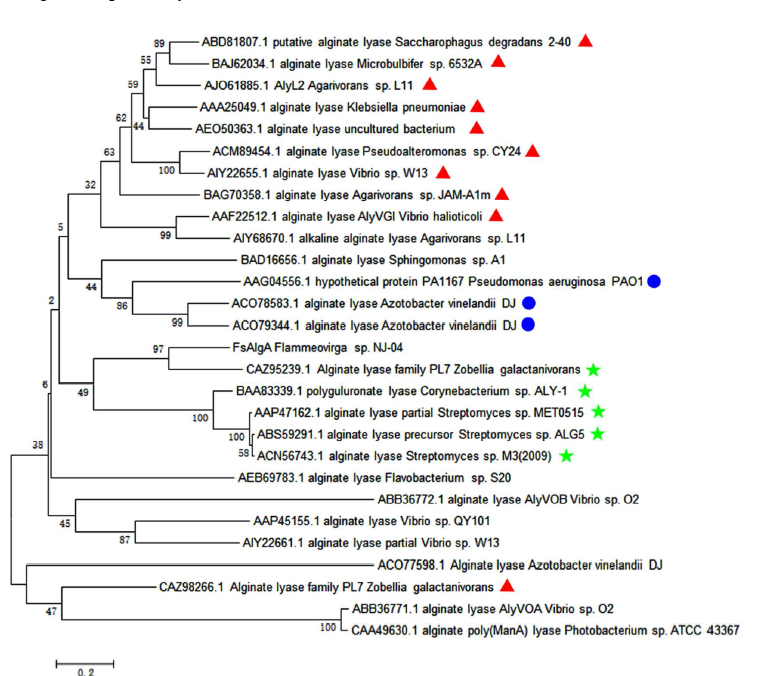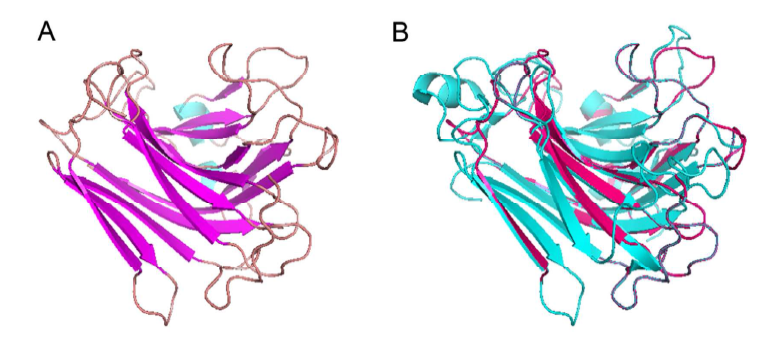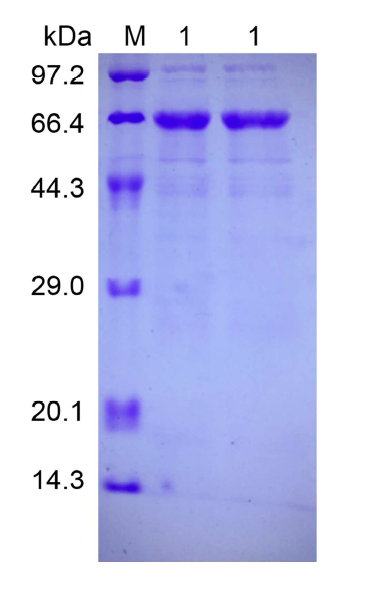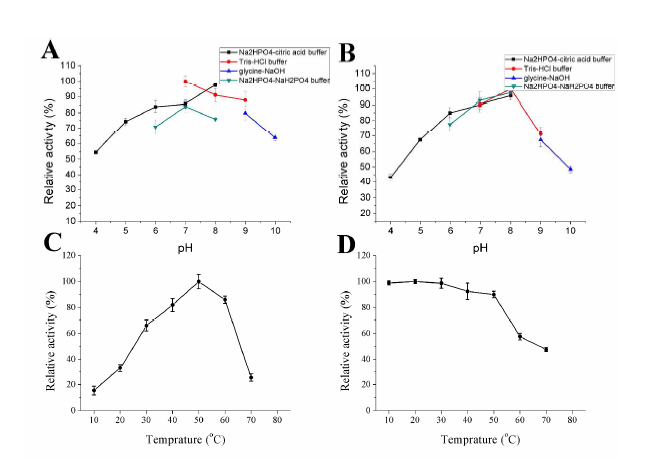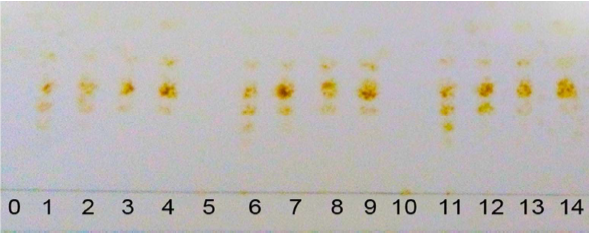深海嗜热细菌Flammeovirga sp. NJ-04中内切褐藻胶裂解酶FsAlgA的重组表达、纯化与酶学性质研究毕业论文
2020-06-07 21:13:41
摘 要
我们从深海海洋细菌Flammeovirgasp中鉴定并克隆编码新的褐藻胶裂解酶FsAlgA的基因NJ-04。并将其进行重组表达和亲和纯化。实验结果表明它在pH 7.0和50℃下表现出最高的活性(3343.68U / mg)。值得注意的是,在50℃温育30分钟后,FsAlgA保留了80%以上的活性,在中高温下表现出极好的热稳定性。另外,它具有广泛的底物特异性,并且显示出对polyM(聚β-D-甘露糖酸钠)和polyG(聚α-L-古洛糖醛酸酯)的活性。此外,FsAlgA对海藻酸钠(0.48mM)和polyG(0.94mM)的Km值比对polyM(1.42mM)的低。TLC和ESI-MS分析表明,FsAlgA主要释放DP为2~5的寡糖。因此,它可能是生产具有低DP的藻酸盐寡糖的有效工具。
关键词:深海细菌 Flammeovirgasp NJ-04 热稳定性 藻酸盐裂解酶 寡糖
Expression and Characterization of a New Thermal Stable Endo-type Alginate Lyase from Deep-Sea Bacterium Flammeovirga sp. NJ-04
ABSTRACT
A gene, encoding a new alginate lyase FsAlgA, was identified and cloned from deep
sea marine bacterium Flammeovirga sp. NJ-04. The recombinant alginate lyase was
characterized followed by being purified on Ni-NTA Sepharose. It exhibited the
highest activity (3343.68 U/mg) at pH 7.0 and 50 °C. Notably, the FsAlgA retained
more than 80% activity after being incubated at 50 °C for 30 min, which exhibited
an excellent thermostability in medium-high temperatures. Additionally, it possessed
broader substrate specificity and showed activities towards both polyM (poly
β-D-mannuronate) and polyG (poly α-L-guluronate). Furthermore, theKm values of
FsAlgA toward sodiumalginate (0.48 mM) and polyG (0.94 mM) werelower than
those toward polyM (1.42 mM).The TLC and ESI-MS analysis suggested that
FsAlgA mainly released oligosaccharides with DP of 2~5 in an endolytic manner.
Therefore, it may be a potent tool to produce alginate oligosaccharides with low DP.
Keywords: deep-sea bacterium; Flammeovirga sp. NJ-04; thermostable; alginatelyase; oligosaccharides
目 录
摘 要.........................................................................................................................................Ⅰ
ABSTRACT....................................................................................................................................Ⅱ
- 引言............................................................................................................................1
- 实验材料与方法.....................................................................................................2
2.1实验材料...........................................................................................................................2
2.2实验方法...........................................................................................................................2
2.2.1序列分析................................................................................................................
2.2.2 FsAlgA 的表达和纯化.........................................................................................
2.2.3底物特异性和酶动力学........................................................................................
2.2.4 FsAlgA的生化表征..............................................................................................
2.2.5行动模式和降级产品分析...................................................................................
- 结果与讨论...............................................................................................................
3.1基因FsAlgA的序列分析................................................................................................
3.2 FsAlgA的表达与纯化.....................................................................................................
3.3 FsAlgA的生化表征.........................................................................................................
3.5降解产物的TLC和ESI-MS分析..................................................................................
- 结论与展望...............................................................................................................
4.1结论...................................................................................................................................
4.2展望...................................................................................................................................
参考文献......................................................................................................................................
致谢................................................................................................................................................
第一章 引言
藻酸盐,一种亲水胶体,是最丰富的多糖棕色藻类[1]。它由两种糖醛酸组成,以β-D-甘露糖醛酸盐(M)和α-L-古洛糖酸盐(G)作为单体单元。这些单位有三种个不同的嵌段,聚β-D-甘露聚糖(polyM),聚α-L-古洛糖醛酸(polyG)和异源聚合物(polyMG)2。由于其有利的特性,如化学品稳定性,高粘度和凝胶形成性能,藻酸盐可广泛应用于食品工业中的添加剂3-5。
相关图片展示:
